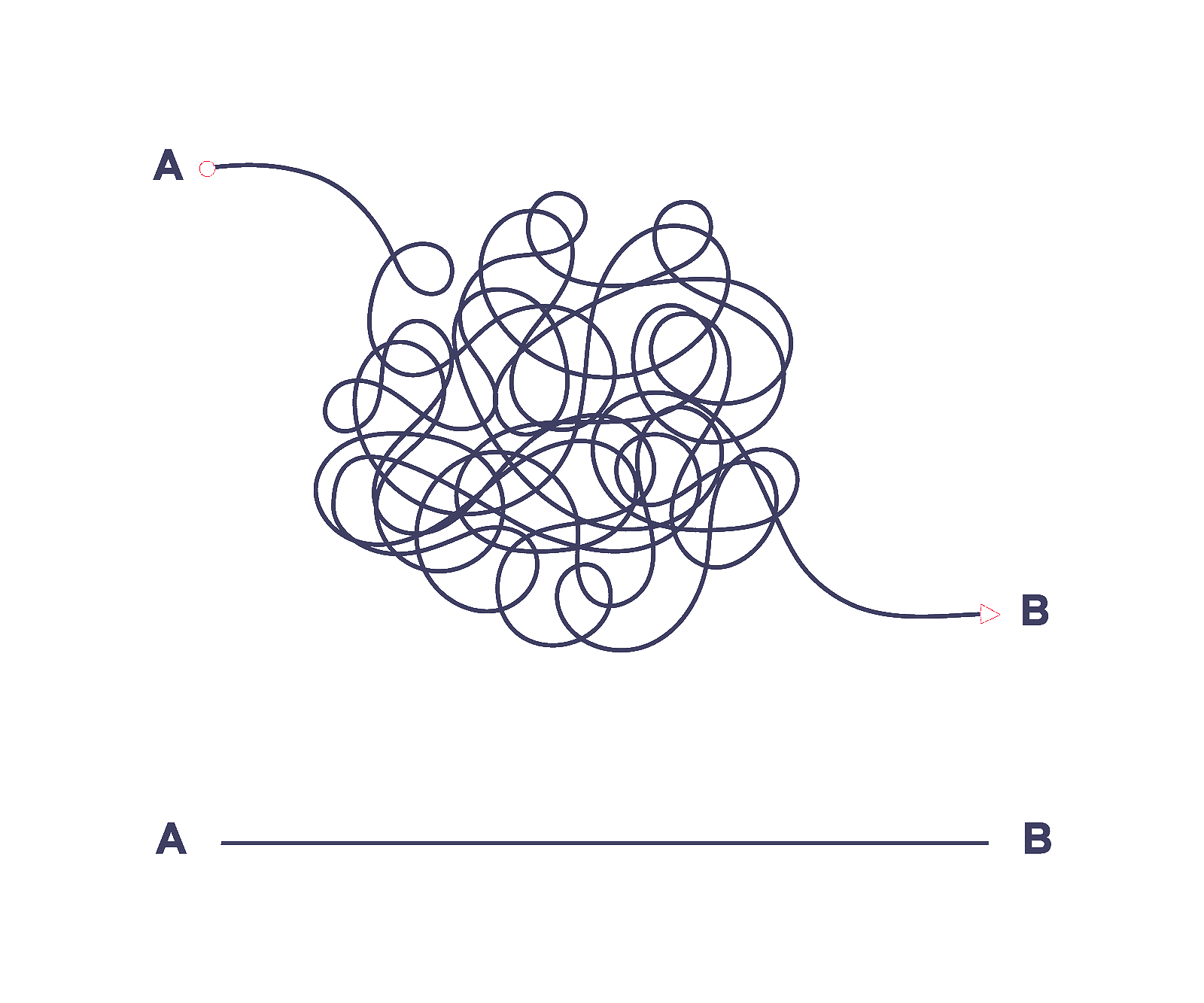Myth – creating a business model is simple. Fill out an “expert-defined” business category using standard business model definitions. Problem solved.
Reality – business models are too complex to solve as just a set of categories and, even the brightest business minds can’t consider the interplay involved.
What L4 Frameworks Do
L4 Frameworks help people take a fresh look at their business and build a new business model using a Workbook. The Workbook and resources show you how to create business models using a 4-part Framework methodology.
For a Business Model, you need a structured process to understand the effect that two or more things have on each other. This needs to be at the front of analysis rather than subconscious examination.
A management model is not a process; it is a system. The best model to change is a model built for changeability in the first place – for us, that means a framework. New business environments are highly volatile; therefore, any base model must be highly adaptable to this volatility. A new model is not responding to an old model; it responds to a new environment. Therefore, the general business goal of any change of model is to do something differently. The issue is how a model fits its current or planned business objectives – it must first meet the current goals, have an appropriate current model, and then create a new view. Frameworks are designed to be a system of proper structures that can change from defining what is to what should and can be as the business changes.
The Workbook allows you to build those structures. Four levels of model frameworks with four stages to obtain business solutions. However, each of the four levels builds on the knowledge from the previous level. Each level of the Framework provides sufficient to create a business model appropriate for increasing levels of business sophistication.
Click here for sample pages, a copy of the first Chapter – Level 1 Normative Frameworks or a copy of the complete Level 4 Frameworks Workbook.

Level 1 – Normative
Understand the real business the business is in.
For many, Level 1 Normative Frameworks using normative rules will be sufficient to sort through ideas without the constriction of trying to make sense of existing organizational charts or process flow charts. Level 1 tried and true “rules” work for many businesses. Use them to get started. The “rules” associated with business questions and their answers allow you to build (with the aid of the structural Framework) an initial business model. The most common use of a Normative Framework is developing a realistic version of an existing business.

Level 2 – Logical
A basis for deciding the efficiency of your business.
Logical Frameworks say that there may not be” rules” to employ, but there are inferences that you can make if you follow the steps of the method for the Framework. Logic rests on assumptions that may not correspond to anything in the real world, but they are a reasonable way of thinking about or understanding something. Logic is the systematic study of valid inference. Whereas in the previous section on Normative Frameworks, we show how the “rules” built up over time define what is going on in a business, Logical Frameworks rely on valid inference.

Level 3 – Rational
Stay effective.
Level 3 Rational Frameworks and logical frameworks have quite separate roles. The fundamental challenge to management is not to stay the same; instead, it is to remain effective – which means being able to change when circumstances have changed. Strategy and innovation are fundamentally rational, not logical. Level 3 (Rational) is when we look for “white space,” which means “a place where a company might have room to maneuver in a crowded playing field” or where there’s no competition. Perhaps an entirely new market or gaps in existing markets or product lines.

Level 4 – Intelligent
Different contexts, different contents.
In the last stage of Frameworks, we talk about semantic relations between concepts in a network (in our case, a network comprised of frameworks). Level 4 Intelligent Frameworks are about strategic change, which can be revolutionary or evolutionary — choosing and implementing the new strategy. What is our context (or what other contexts can provide insight into this context)? An Intelligent Framework is best understood as a set of related concepts but with context as the prominent feature.
Click here for sample pages, a copy of the first Chapter – Level 1 Normative Frameworks or a copy of the Level 4 Frameworks Workbook.



Recent Comments